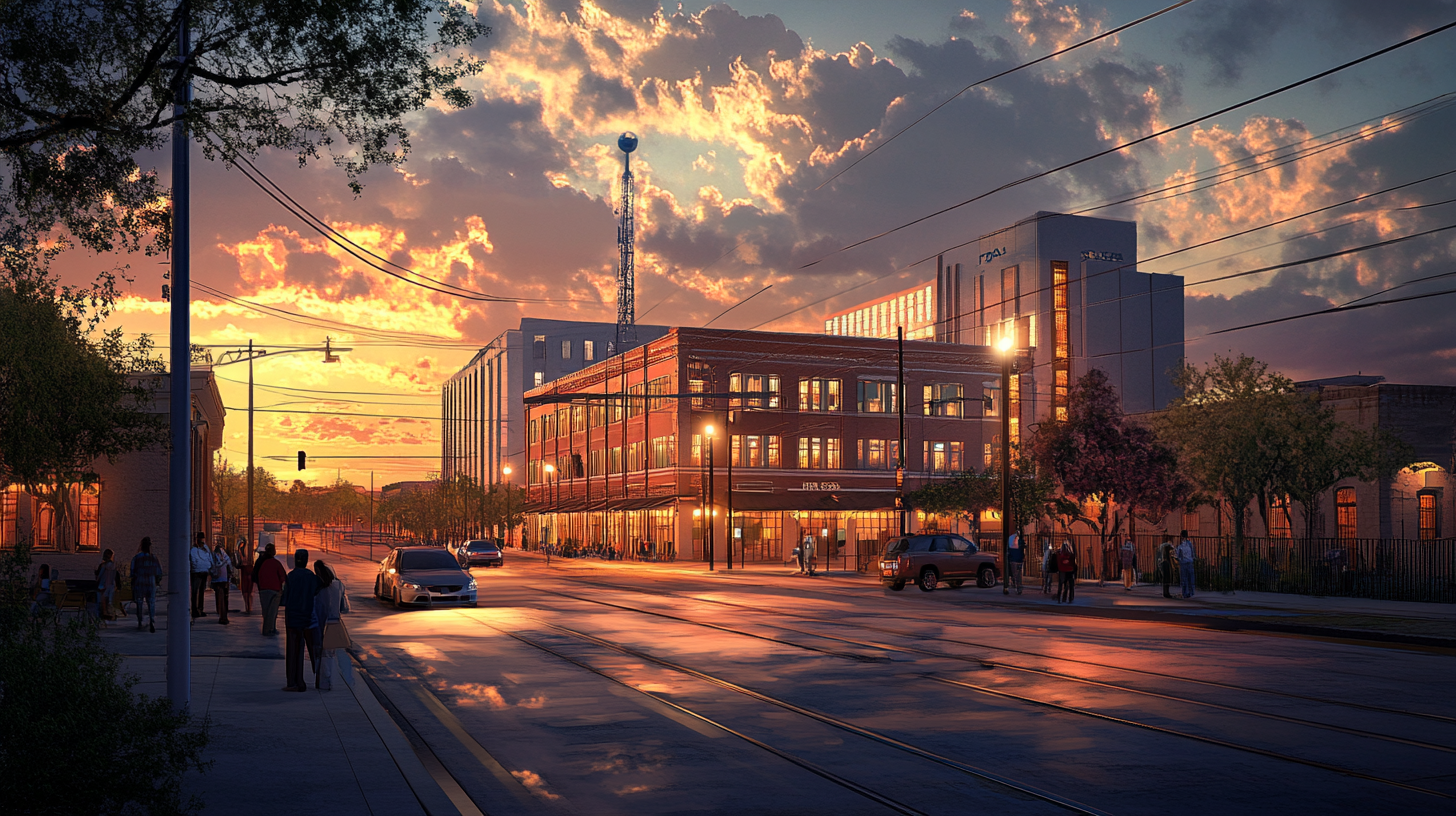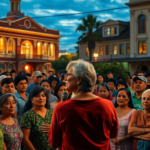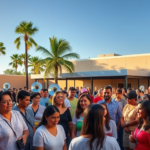**SpaceX Meetings Stir Debate on Launch Proposal in the Rio Grande Valley**
SpaceX’s proposal to significantly increase the number of its Starship launches from Boca Chica Beach has ignited a flurry of reactions across the Rio Grande Valley community. As the Federal Aviation Administration (FAA) held public meetings to discuss the ramifications of these potential launches, concerns about environmental impact were countered by hopes for economic growth. This proposed shift highlights complex priorities in South Texas, where innovation and conservation often intersect.
**Proposal Details and Community Reactions**
The FAA’s public meetings revealed SpaceX’s intent to launch its Starship vehicle up to 25 times annually from Boca Chica. While the aerospace company’s efforts point toward making the site a crucial hub for future missions, they also raise pressing questions about environmental and logistical impacts on the RGV.
“The frequent launches would significantly disrupt the coastal ecosystem, particularly the nesting shorebirds that rely on this habitat,” stated Gloria Crixell, a Brownsville resident and activist. The noise and pollution associated with rocket launches, she argued, could have long-lasting effects on local wildlife and natural scenery, critical aspects of the South Texas region’s identity.
However, proponents like Rafael Vela emphasize the potential economic opportunities presented. “For a region that’s been eager to boost its economy, attracting a major player like SpaceX could bring unprecedented growth and innovation,” said Vela, highlighting SpaceX’s capacity to create high-paying jobs and stimulate local businesses around the launch site.
**Historical Context and Community Connections**
SpaceX’s involvement at Boca Chica is not new to Valley residents. Since establishing its base, the company has initiated discussions about transforming the RGV into a global spaceflight center. These proposals have prompted a combination of anticipation and skepticism regarding their long-term impact on the community.
“The excitement of being part of groundbreaking space exploration is palpable, yet it must be balanced against preserving the very fabric of our community and environment,” remarked Jose Martinez, a local historian. “It’s about finding a strategy that respects our heritage and provides security for future generations.”
**Current and Projected Impacts on RGV**
The prospect of increased launches intertwines with broader regional socio-economic dynamics. SpaceX’s activities have already sparked real estate changes, pushing property values in the area. Such developments raise concerns regarding affordability and gentrification, pinch points for many local families.
In environmental terms, the Southern Texas coastal region has historically been a sanctuary for diverse species, with conservationists stressing the importance of preserving this delicate ecosystem. Innovation, therefore, must tread carefully amid these natural treasures.
**FAA and Local Government Stance**
The FAA, responsible for overseeing the permitting process, noted that their environmental review does not foresee any “significant impacts” across several fronts, including air quality and climate. Nonetheless, they emphasize that even marginal impacts will require mitigation efforts.
Local government voices, meanwhile, waver between caution and optimism. “Balancing environmental integrity with economic opportunities is no easy task,” said Cameron County Commissioner Sandra Lopez. “Our goal is to deeply understand both sides and ensure informed decisions that benefit all Valley residents.”
**Future Prospects and Community Dialogue**
The FAA encouraged public participation and feedback during the meetings, setting the stage for ongoing discussions about how best to proceed. Community leaders and advocacy groups insist on transparency and continued public engagement, calling for inclusive dialogues that address both growth and preservation debates.
With the resolution still pending, SpaceX’s future and its broader implications for South Texas remain a pivotal issue. As stakeholders deliberate, this situation underscores the challenge of harmonizing innovation with heritage—a theme increasingly pertinent in today’s rapidly changing world.
**Resources and Information**
For Valley residents seeking further information or wishing to voice concerns, the FAA has provided online platforms for submitting comments. Public access to detailed assessments and opportunities for dialogue will be integral as decisions near. The FAA will continue reviewing feedback until a final call is made, with information available on their website and through local government channels.
In summary, SpaceX’s proposals spotlight significant questions facing the Rio Grande Valley, where technology’s promise and ecological stewardship are intricately bound. Community reactions continue to shape this narrative, mirroring the complexities inherent in achieving a sustainable future.







